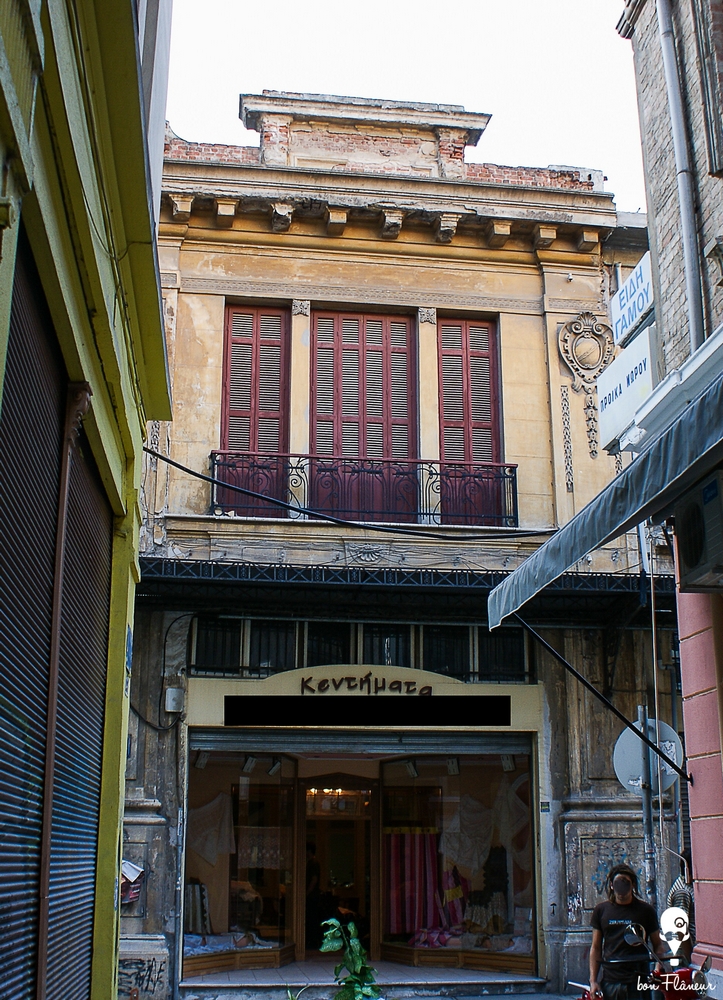Malakopi Stoa
Malakopi Stoa has renaissance elements, a curved pediment and its façades openings of Palladian style.
Location
Timeline
Modern and Contemporary era (1912 - )
1940 It was requisitioned by the Nazis and the bank closed.
Ottoman era (1453- 1912)
1906 Building’s construction, designed by Vitaliano Poselli. The following year it was bought by the Bank of Thessaloniki. In the bibliography, 1908 is as well mentioned as the year of construction.






Share